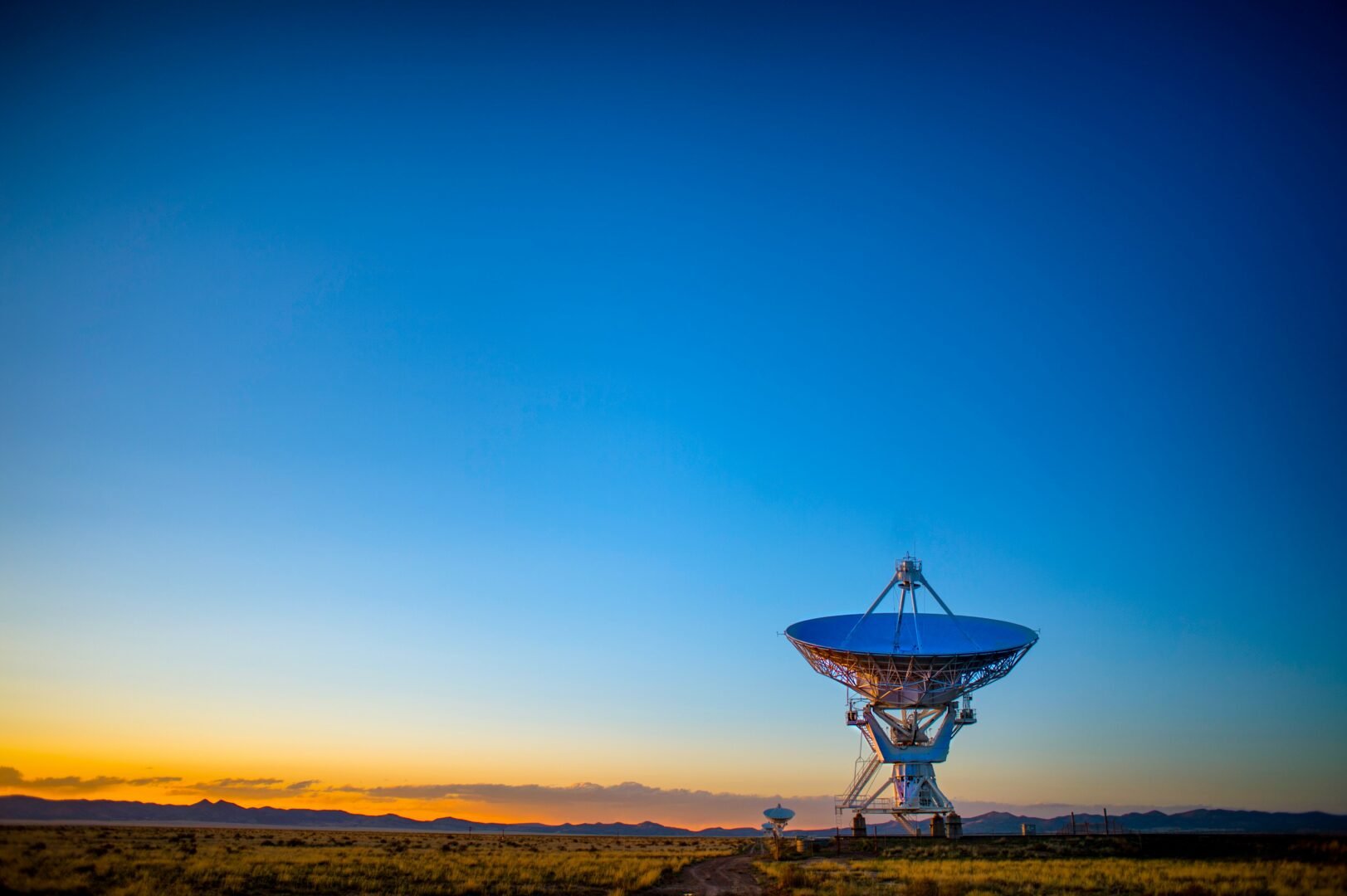Engineers at Heriot-Watt University in Edinburgh are working on a satellite-based system for data links. The venture forms part of a multi-group effort that has received £6 million from the UK Space Agency’s C-LEO programme. Cardiff-based Excelerate Technology Ltd is leading this mission.
The main plan is to construct a user terminal that works across multiple satellite orbits, such as LEO, MEO, and GEO. Users will be able to switch among networks through an app, which could cut costs and expand coverage.
Designers expect a small, light, and energy-friendly device. This new unit suits maritime travel, rugged terrain, and other remote surroundings that face poor connectivity. MAMUT plans to support communities that lack stable online systems.
MAMUT stands for Mobility and Autonomy Market User Terminal. The concept is intended for use in stationary setups, transit, or self-directed operations. Its creators hope for a truly flexible solution.
Who Is Involved At Heriot-Watt?
Work at Heriot-Watt involves figures such as Professor George Goussetis and Dr Samuel Rotenberg. They are designing an antenna that processes signals from different satellites without occupying much space.
The team wants hardware that cuts costs and lowers power consumption more than many existing models. That plan may fit activities in fields such as rescue services and offshore operations, where large antennas are troublesome.
They anticipate a working prototype within three years. During that stretch, the group will show the system to business representatives. An array of partners in the consortium, such as Satellite and Space Consulting, shares expertise to move progress forward.
Their work ties in with the university’s ambition to forge stronger links between academia and industry. Teams at Heriot-Watt have arranged gatherings where companies can see how satellite communications research might benefit them. Such engagement could speed up adoption of MAMUT technology.
More from News
- UK Appoints Former OpenAI Exec As Prime Minister’s AI Adviser
- Reports Find Commercial UK Data Centres Use Minimal Water
- 84% AI Web Tools Show Breaches And Encryption Gaps, Says BDI
- We’ve Heard Of ‘Deepfake’, But What Is ‘Cheapfake’?
- How Does Google’s AI Flights Tool Work For Travellers?
- Why Is Meta Randomly Banning User Accounts?
- A Levels: Advice From Top Entrepreneurs To Students Getting Results
- Time Is Money: How Are Business Owners Spending In 2025?
Is The Government Doing Something Similar?
One can recall late last year, when the UK GOV announced new backing for satellite links in remote spots around Northern Ireland and the Shetland region. These investments target spots where cables are often impossible to install.
One pilot covers Rathlin Island, which takes signals from LEO and GEO constellations. Another pilot deals with Papa Stour, a tiny isle in Shetland. Both places have been chosen as primary test zones for better digital access.
Residents in these regions have faced slow internet for years, especially during the tourism season. Organisers plan to see if satellite solutions can strengthen online coverage and narrow digital divides in other out-of-the-way areas.
As well as these trials, government departments are monitoring ways to help distant regions across the country. Better broadband can open new avenues in healthcare, education, and tourism. It can also empower people to stay connected during emergencies.
How Might This Help Communities?
MAMUT could offer a lifeline to locations without steady networks, such as drilling platforms or rural districts. Frequent breakdowns hold back businesses and daily routines.
Heriot-Watt also has bigger goals in space technology. The institution plans to establish a space cluster to link students and industry. A course in Aerospace Engineering is on the way to prepare learners for modern roles.
Deputy Principal for Business and Enterprise, Professor Gillian Murray, states that the university excels in physics and quantum studies. It boasts a telescope known as the Hub Optical Ground Station, which aids communication projects. Work on MAMUT aligns with that spirit of invention and could spur benefits for a range of sectors.
Plans for MAMUT appear in line with Heriot-Watt’s desire to create a hub for space research. That vision has more degrees, new facilities, and deeper joint work with technology firms. In the end, more strong satellite connections may give remote areas a chance to flourish.
Heriot-Watt believes that hands-on projects ignite curiosity among students. MAMUT brings real-world experience in antenna design, satellite transmissions, and complex integration. Graduates can step into roles that steer the next chapter of space-based communication.

